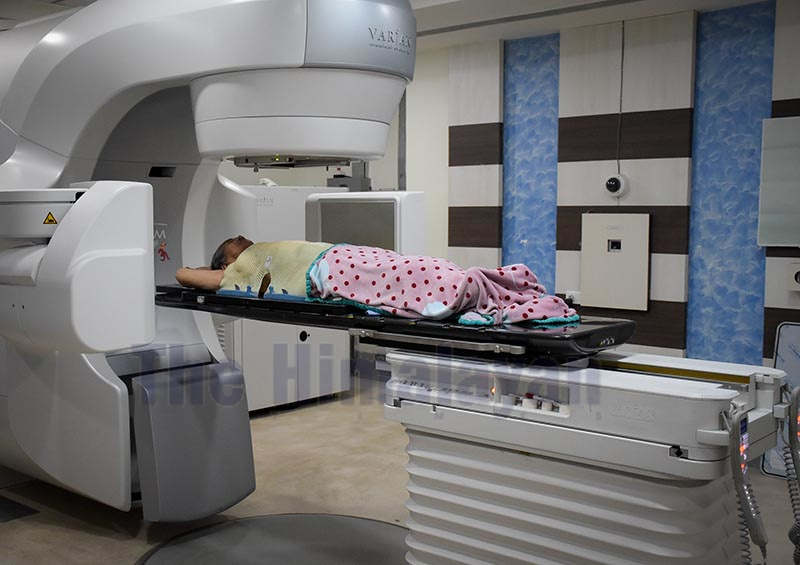Early detection, treatment can cure cancer: Docs
Kathmandu, February 4
People living a sedentary lifestyle and those indulging in smoking and drinking are more likely to suffer from cancer, according to doctors.
According Global Cancer Observatory, an interactive web-based platform, there were 26,184 new cases of cancer in Nepal in 2018, of which 19,413 people died.
“Early detection of cancer helps cure the disease,” said Dr Kapendra Shekhar Amatya, Head of Surgical Oncology Department at Nepal Cancer Hospital and Research Centre in Lalitpur.
Cancer is a leading cause of death worldwide, accounting for an estimated 9.6 million deaths in 2018, according to World Health Organisation. Sharing the experience of cancer survivors amidst an event organised at the hospital today, Bimala Thapa one of the cancer survivors said, “When I came to know that I had cancer I felt that my life had come to an end. My relatives started treating me in a different manner. But I ultimately won the battle against cancer.”
Another cancer patient Basudev Pathak said, “Motivation and strong determination are necessary to fight cancer.”
Doctors have advised people to change their lifestyle and to exercise regularly to reduce risk of cancer.
Annual health check-up is necessary for an early diagnosis of for cancer. They also said cancer patients should not be stigmatised.
“The disease is curable. One needs to visit doctor regularly for an early detection and timely treatment of the disease,” said Dr Sudip Shrestha, executive chairman of Nepal Cancer Hospital and Research Centre.
The hospital had organised an event today to celebrate World Cancer Day. The theme for World Cancer Day 2020 is ‘I Am and I Will.’ According to WHO, cancer is the second leading cause of death globally. It was responsible for an estimated 9.6 million deaths in 2018. Globally, about one in six deaths is due to cancer.
Approximately 70 per cent of deaths from cancer occur in lowand middle-income countries.
Around one-third of deaths from cancer are mainly due to high body mass index, low fruit and vegetable intake, lack of physical activity, tobacco and alcohol use.






